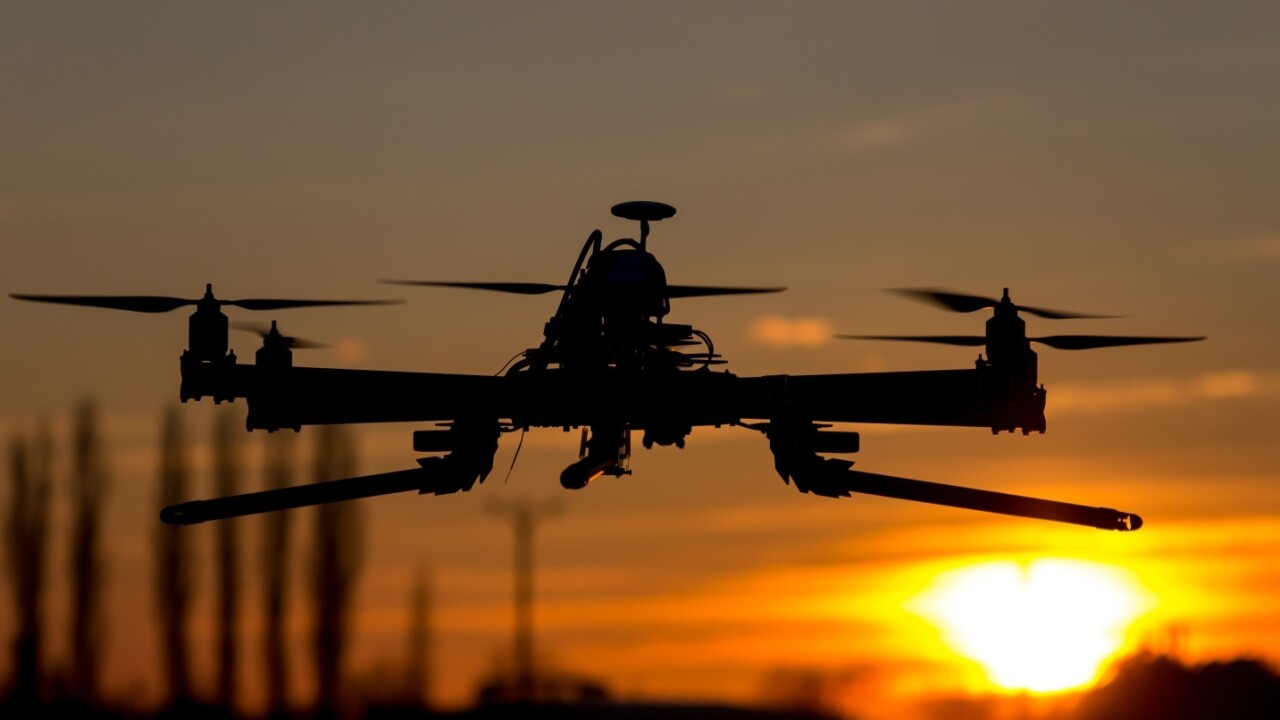
Allstate — an American insurance company — used drones to inspect over 20 home roofs in an area outside of San Antonio Tuesday. Each of the homes had varying levels of damage caused by (in some cases) softball-sized hail that left holes in roofs “you could see through” Glenn Shapiro, Allstate’s executive vice president of claims told Fortune.
The storms were months ago — April through June of this year — but the sheer number of claims and the lack of available contractors to fix them means some are still waiting with holes in their roofs while Allstate inspects the home.
Drones, Shapiro feels, could limit costs associated with these inspections as well as providing a safer alternative to claims adjusters climbing onto roofs of homes that are sometimes dozens of feet in the air. Rather than go at it the old fashioned way, Allstate employed drones from EagleView Technology Corporation and Kespry to aid in the inspections. The two companies provided the drones as well as the software that helps convert images into 3D visualizations so Allstate can better understand the damage.
Previously, Allstate used drones to inspect homes in Colorado. This, however, was before the new FAA drone rules were in place. After the FAA’s requirements went public, the company would have needed a licensed pilot and a drone “spotter” to stand over his shoulder and look for obstacles.
Now, with the FAA’s softer stance on commercial drone usage, Allstate needs only a certification course for one drone pilot (who no longer needs to be a professional), and the spotter is no longer a requirement.
Not that it matters. In San Antonio, most of the piloting was done autonomously with routes input before the aircraft left the ground.
“The natural next step is starting to operationalize this,” Shapiro told Fortune. “In the next couple of months, we will be doing that.”
Shapiro is convinced that letting drones inspect homes allows humans more time in the office to analyze the imagery. It’s cheaper, safer and a process that could completely change the way in which it evaluates claims.
In fact, Shapiro wants to go further. He’s now setting his sights on testing fixed-wing drones that move faster — and over larger areas — than quadcopters. If successful, a single launch could allow Allstate employees to assess multiple damaged homes in a single launch.
Get the TNW newsletter
Get the most important tech news in your inbox each week.





